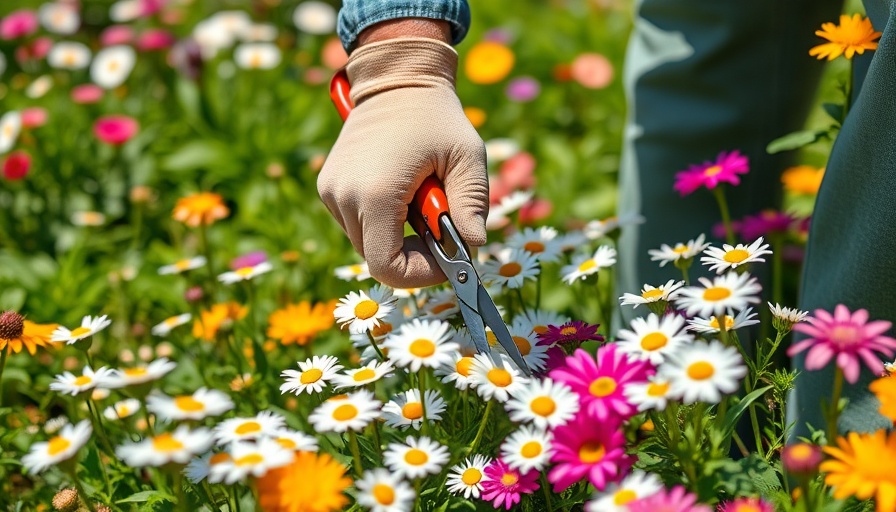
Unlock the Secrets of Daisies: A Detailed Guide on Deadheading
Daisies are not only beautiful flowers that can brighten up any garden but also resilient plants that require a little care to thrive. As part of the Asteraceae family, which includes beloved varieties like sunflowers and coneflowers, daisies have unique growing needs and seasonal habits that gardeners can optimize through effective maintenance practices. One of the most crucial tasks is deadheading, a technique that not only enhances the aesthetic appeal of your blooms but also promotes healthier plant growth.
Understanding Deadheading: More than Just a Gardening Chore
So, what exactly is deadheading? This essential gardening practice involves removing faded or wilted flowers from a plant. As flowers mature and begin to fade, they seek to complete their life cycle by setting seeds. By deadheading, gardeners intervene in this natural process, redirecting a plant's energy toward new growth rather than seed production.
The benefits of deadheading are substantial:
- Stimulates Growth: By nipping the reproductive phase in the bud, deadheading encourages the plant to produce more blooms.
- Enhances Appearance: It maintains the freshness of your daisies and keeps your garden looking vibrant.
- Pest Prevention: Removing dead flowers reduces the risk of pests and diseases that thrive on decay.
Not only does this practice keep your daisies looking their best, but it also prevents them from self-sowing in undesirable areas, which can lead to overcrowding or unwanted growth.
Selecting the Right Daisy Varieties for Your Garden
While many envision the traditional white petals and yellow center of the common daisy (Bellis perennis), there are numerous stunning varieties to consider. Some popular species include:
- Shasta Daisy: Known for its classic look and versatility.
- Swan River Daisy: With violet-blue hues, this species adds a unique twist.
- Gerbera Daisy: Celebrated for its vibrant colors and large, striking blooms.
When choosing daisies for your layout, consider your local climate and garden design. Most daisies thrive in full sun, making them a fabulous addition to sunny borders or among other flowering plants in a flower garden. Some might even thrive in less ideal conditions, allowing you to create diverse landscapes.
Step-by-Step Guide to Deadheading Daisies
Now that we've illuminated the importance of deadheading and selected the right varieties, it’s time to learn how to do it effectively. Follow these steps for the best results:
- Use clean, sharp scissors or garden shears.
- Locate faded flowers; these will often have brown petals and may seem limp.
- Cut the stem just above the spent flower head. Try to avoid cutting into the green foliage.
- Dispose of the removed flowers to prevent pest attraction and disease spread.
By following this simple process, you can keep your daisies plush and blooming for longer, contributing to an attractive and lively garden.
Embracing the Joy of Gardening Through Deadheading
Whether you're an experienced gardener or a novice, understanding and practicing the art of deadheading can greatly enhance your gardening experience. The joy of seeing your plants thrive under your care is unparalleled, and cultivating a beautiful flower garden offers both visual pleasure and therapeutic benefits.
As you integrate this practice into your routine, consider the opportunity to explore other gardening tips that can elevate your outdoor space. From designing aesthetic landscaping ideas to choosing the right garden tools, the world of gardening is replete with possibilities for creativity and fulfillment.
 Add Row
Add Row  Add
Add 




Write A Comment